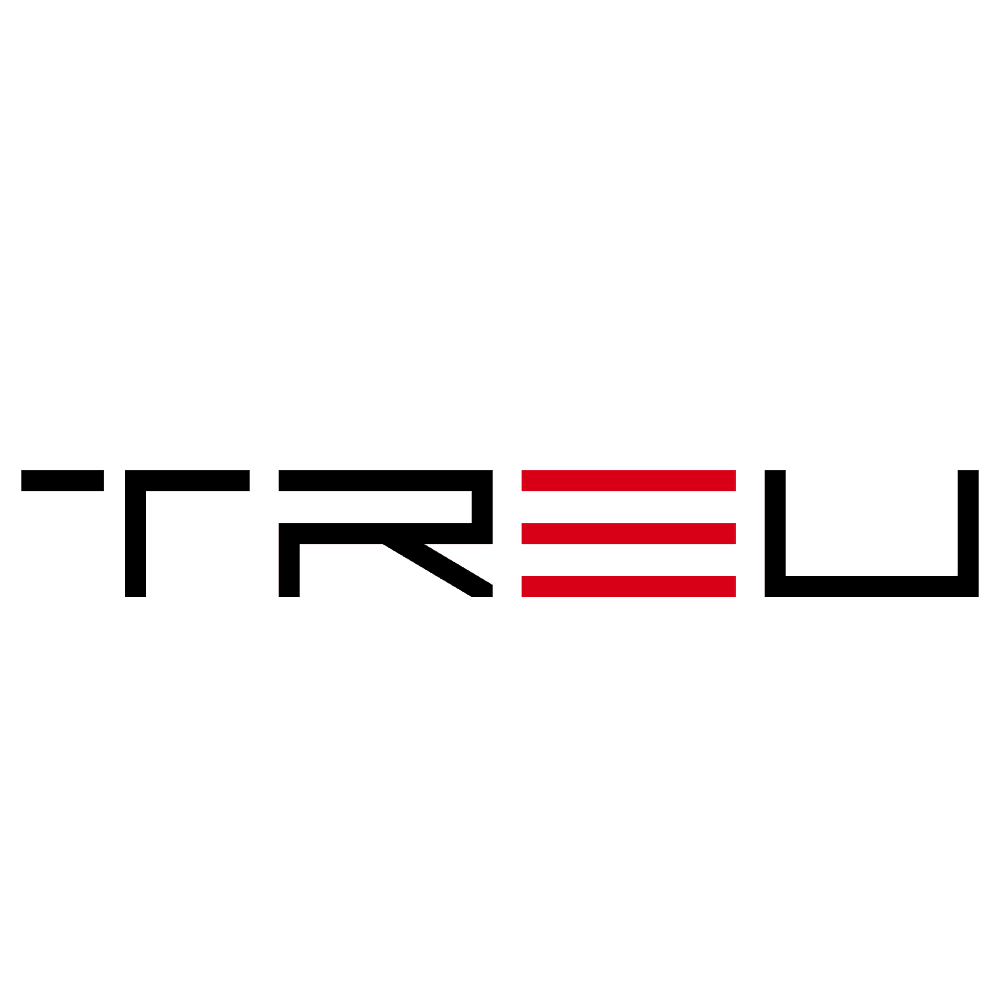# Top 10 Strategic Technology Trends Shaping Innovation in 2025
As organizations increasingly lean into digital innovation, staying ahead of emerging technologies is no longer an option—it’s a necessity. Each year, Gartner highlights the **strategic technology trends** that will shape the future for businesses, governments, and global economies. For 2025, these trends are expected to reinforce resilience, accelerate innovation, and prioritize sustainability.
In this blog post, we’ll explore **Gartner’s Top 10 Strategic Technology Trends for 2025**. Whether you’re a CEO, CTO, or digital strategist, understanding these trends will help you future-proof your business and guide your innovation strategy.
—
## H1: What Are Strategic Technology Trends?
Strategic technology trends are technologies **rapidly evolving and influencing business success**. By proactively adopting these trends, organizations can gain competitive advantages in areas like **operational efficiency, customer satisfaction, and market expansion**.
The trends Gartner identifies typically focus on three overarching goals:
– **Optimizing resilience and efficiency**.
– **Accelerating AI and digital transitions**.
– **Fostering sustainable growth**.
With that in mind, let’s dive into the **Top 10 Strategic Technology Trends for 2025**.
—
## H2: Gartner’s Top 10 Technology Trends for 2025
### H3: 1. Adaptive AI
In 2025, AI will become *adaptive*—harnessing real-time environmental data, refining responses automatically, and scaling solutions faster than ever due to constant learning.
Key examples of Adaptive AI include:
– AI-driven fraud detection systems that respond to threats instantly.
– Hyper-personalized customer experiences in e-commerce using continuous behavioral analysis.
As technology evolves, adaptive AI ensures businesses stay nimble and efficient by eliminating static, rule-based systems.
—
### H3: 2. Pervasive Cloud Adoption
**Cloud computing is no longer just about enabling remote work—it’s about embedding agility across the enterprise.** In 2025, cloud adoption will stretch across hybrid and multi-cloud ecosystems to ensure greater scalability, security, and cost optimization.
Trends to watch out for:
—
### H3: 3. Digital Twins Everywhere
From engineering to healthcare, **digital twins**—virtual models of physical assets or processes—are rapidly emerging as transformative tools.
By 2025, digital twins will go beyond factory management and enter the realms of **city planning, climate simulations, and supply chain optimization**. Enterprises will rely on digital twins to optimize real-world scenarios in safe, cost-effective virtual environments.
—
### H3: 4. Autonomous Everything
Automation isn’t new, but in 2025, it’s accelerating into **autonomous everything**—toward managing processes across **logistics, retail, manufacturing, and energy**.
Expect to see:
Organizations unwilling to embrace this trend risk falling behind competitors as operational efficiencies skyrocket in autonomous workflows.
—
### H3: 5. Sustainability as a Pillar
ESG (Environment, Social, and Governance) initiatives will remain non-negotiable in enterprise operations. Companies will rely heavily on tech advancements that align with climate-conscious goals.
Key examples:
—
### H3: 6. Human-Centric AI Interfaces
A revolutionary shift in AI will center on **human-centric interfaces** by 2025, closing the gap between operations and consumers.
New features to look forward to:**
– Natural language processing engines improving conversational AI’s usability.
– Extremely secure biometric authentications and facial recognition improvements.
AI won’t just operate workflows; humans will understand AI interactions intuitively.
—
Flex Specific and Clearly audience\application endpletion

